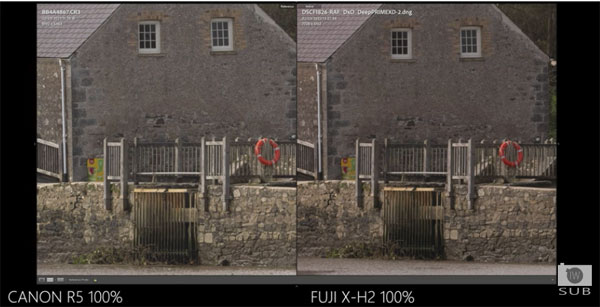Full-Frame vs. Crop Sensor: Real-World Comparison (VIDEO)
Back in the early days of digital photography, a popular topic of discussion was the differences in image quality between film cameras and digital models. With that concern now settled, the issue of the day is an ongoing debate regarding the relative merits of full-frame vs. digital cameras.
The video below provides an interesting real-world comparison using print quality to draw conclusions. While the true quality of a print is pretty much impossible to evaluate by looking at 72dpi images online, we’re more than willing to accept the conclusions drawn by trusted instructor Ian Worth.
Worth is an accomplished pro who says he’s passionate about sharing the secrets to his success. What makes his comparison so intriguing is that it comes from the perspective of a landscape photographer who, like others of his ilk, considers image detail to be critically important.

In addition to comparing large prints made with sensors of both sizes, Worth also evaluates the images in Lightroom. So if you’re thinking about “moving up” to a full-frame DSLR or mirrorless camera, this episode might help you make up your mind.
In this behind-the scenes lesson you’ll watch Worth photograph a stunning castle with two cameras. One is a full-frame Canon EOS R5, and the other is a crop-sensor Fujifilm X-H2. They’re both high-end models designed for professional photographers. He employs high-quality lenses of different focal lengths to shoot a variety of images.
Worth does everything possible to make this comparison a valid one. And whether he’s shooting with a long telephoto or a wide-angle lens, his cameras are securely locked down on a sturdy tripod.

While watching Worth work you’ll also pick up some solid tips on composition, camera settings, and exposure that will prove valuable regardless of the camera you use. So take a close look and see if you agree with his conclusions.
Be sure to visit Worth’s instructional YouTube channel, especially If outdoor photography is your thing, where you’ll find much more to learn.
And don’t miss the earlier tutorial we posted from another pro, explaining how to use your camera’s EV-Compensation feature for perfect exposures every time.





